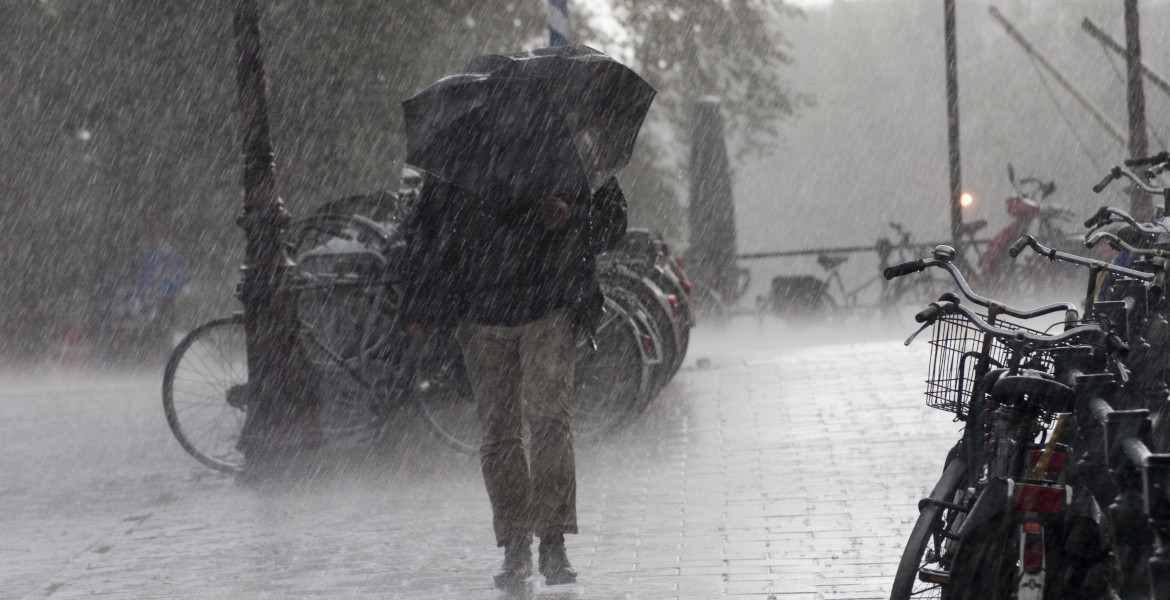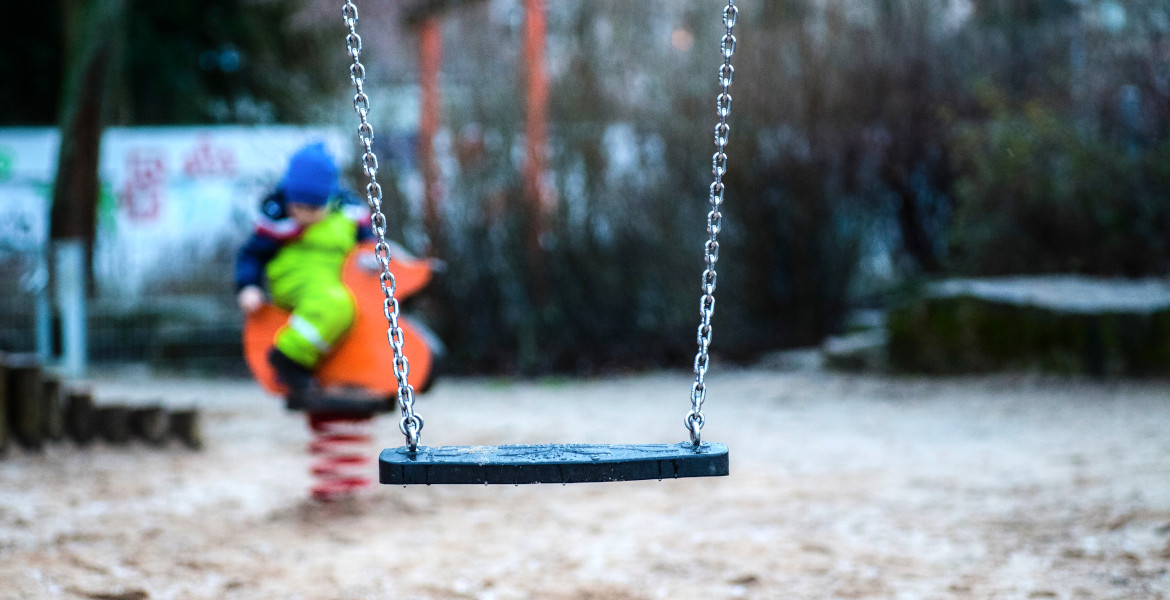The Danish Meteorological Institute warns of "extremely dangerous weather" as a powerful rain system is expected to move in over the country on Monday. The amount of precipitation could be historic and break the current 24-hour record.
The Danish weather service DMI has issued warnings for very severe weather expected to hit significant parts of Denmark on Monday. Primarily East Jutland, large areas of Funen and Zealand are covered by the warnings.
Meteorologists' forecasts point to extreme rainfall amounts that in some places could reach up to 237 millimeters in a 24-hour period through Tuesday evening. Should these figures be realized, it would mean breaking the 93-year-old daily record of 168.9 millimeters from 1931, reports Danish TV2.
More than a full month's rain in one day
Even the more conservative forecasts predicting around 100 millimeters of rain are remarkable. This amount corresponds to one and a half times the precipitation that normally falls in Denmark during the entire month of July, according to information from Jyllands-Posten.
Insurance giant Tryg has already taken preventive measures by sending text messages to 150,000 Danish customers. The messages contain advice and instructions on how homeowners can prepare and limit potential damage to their property during the expected extreme weather.




